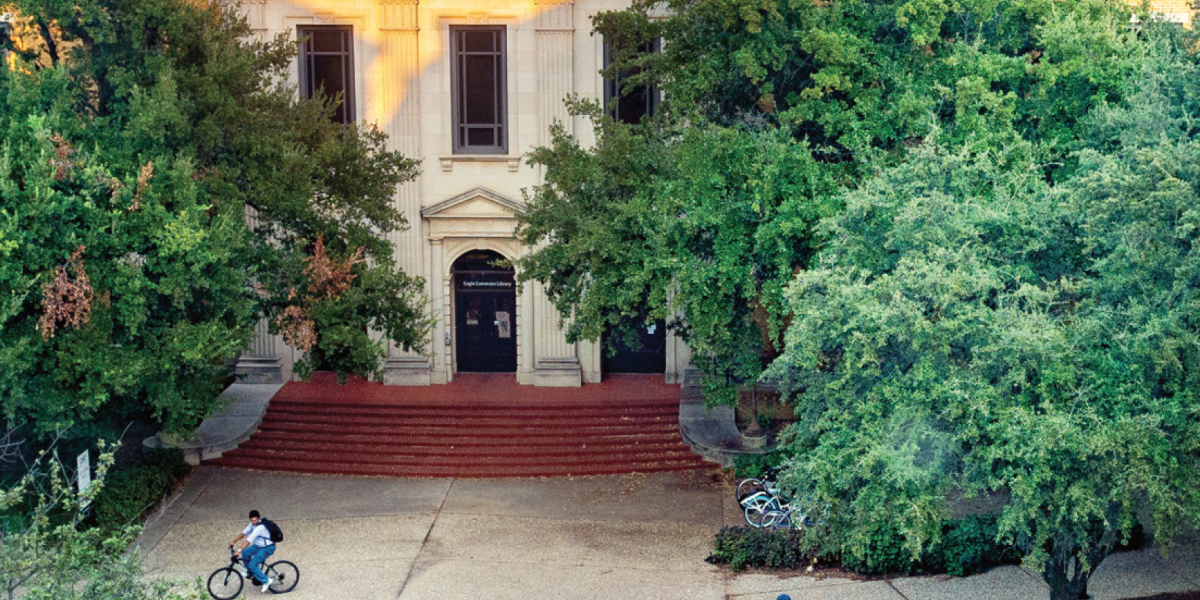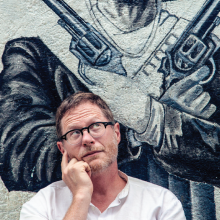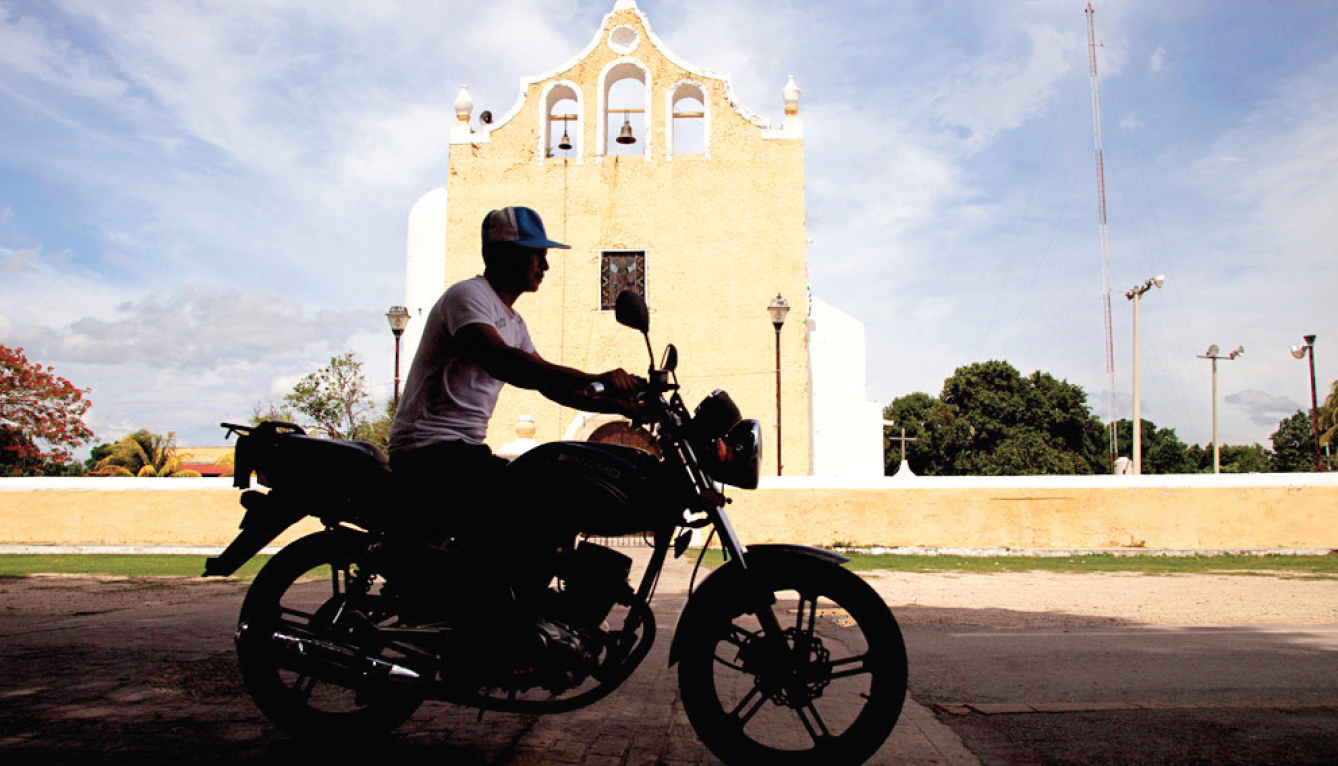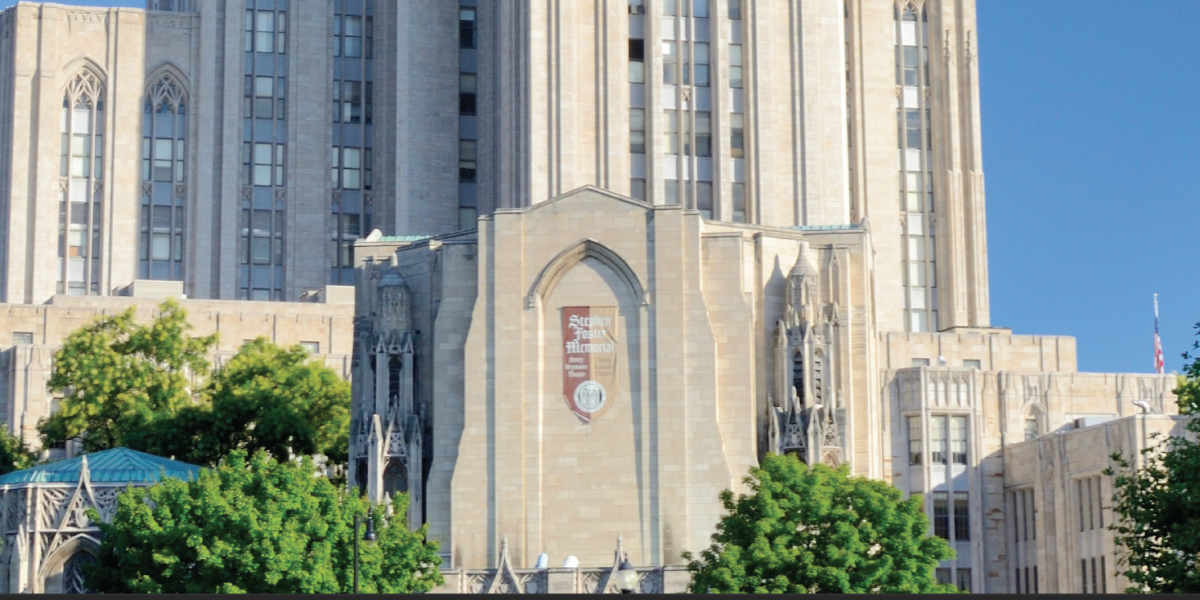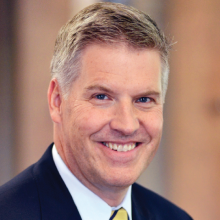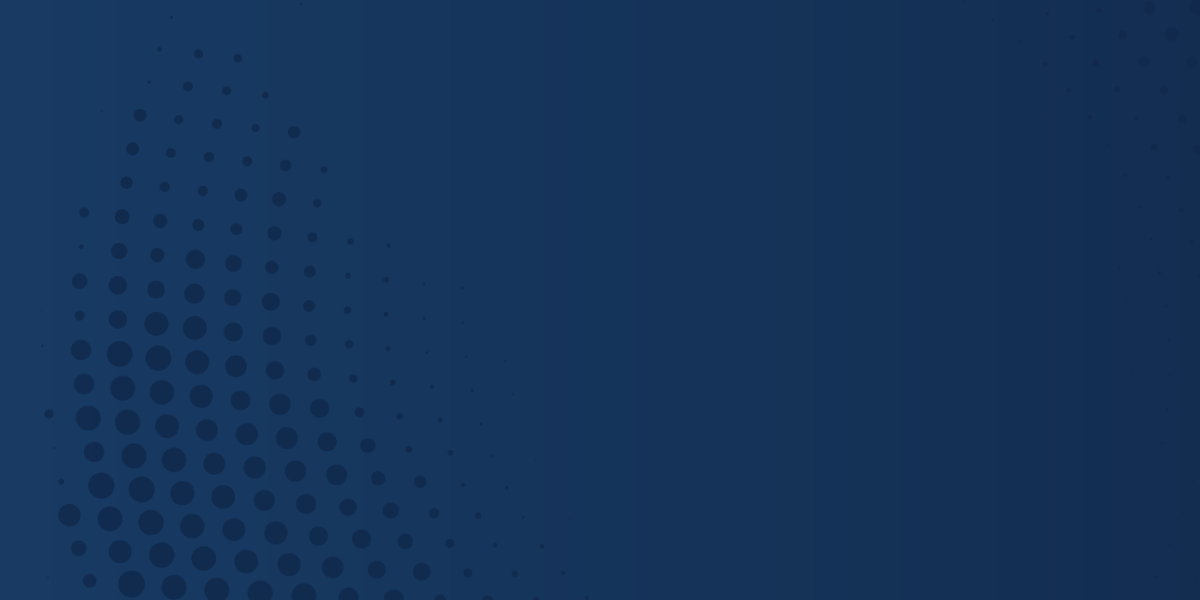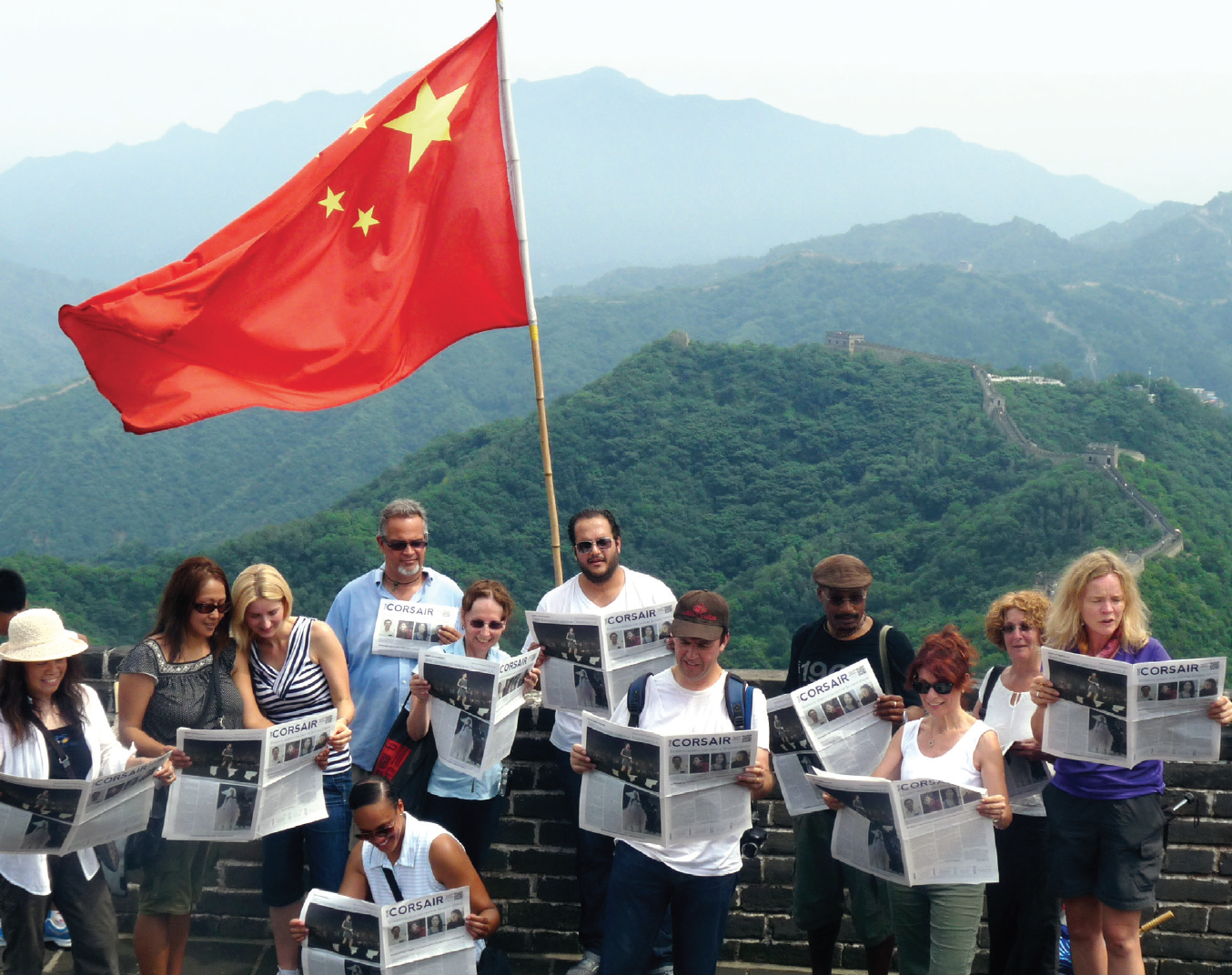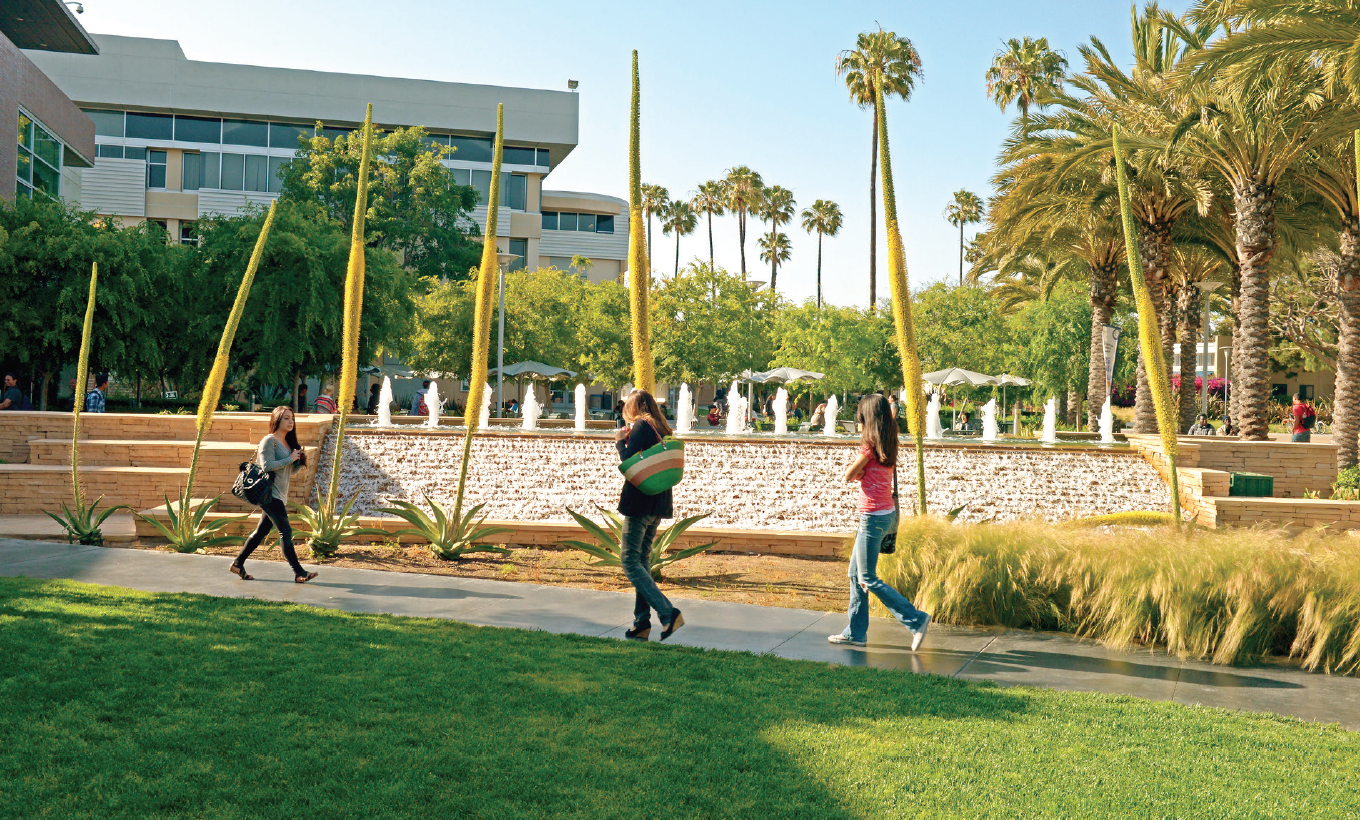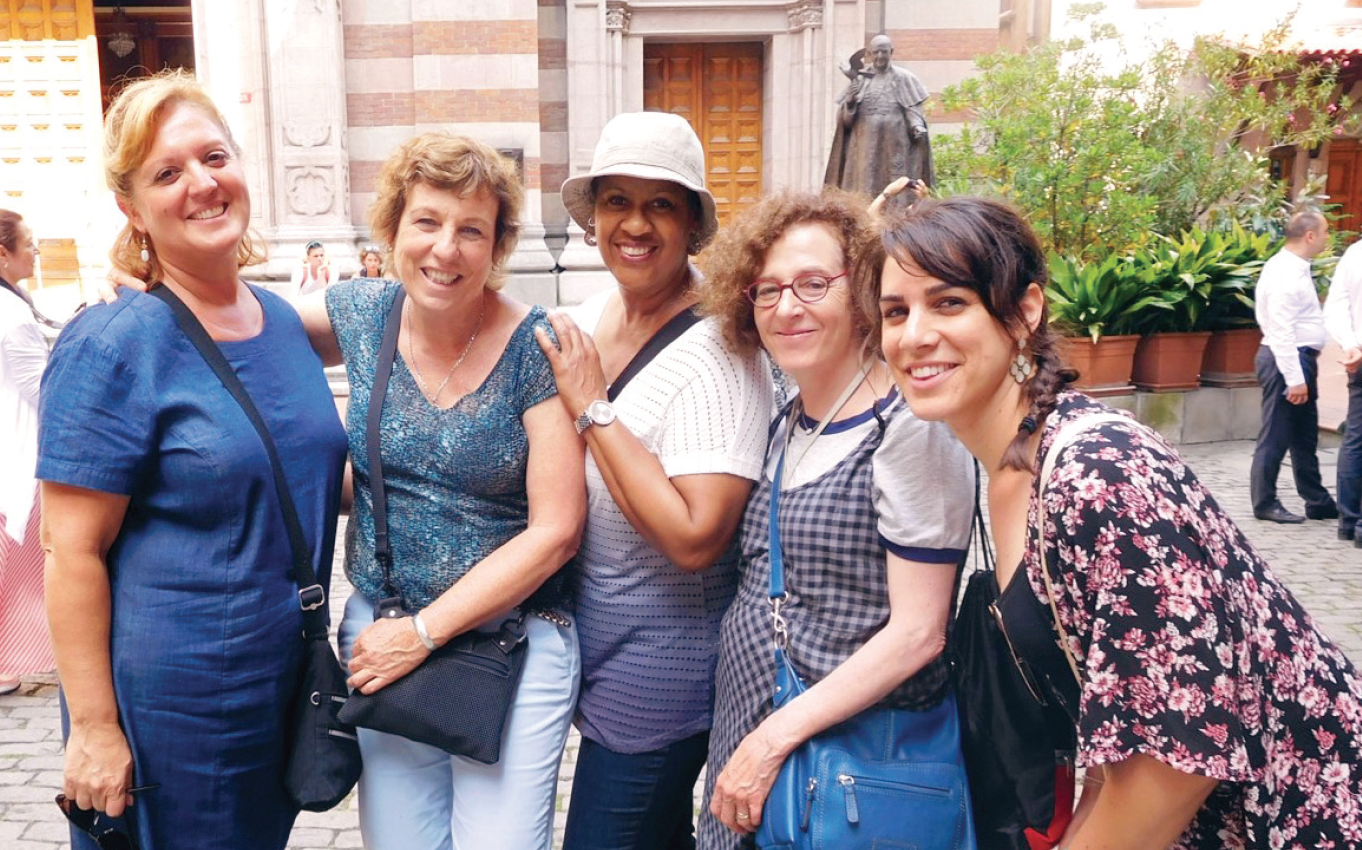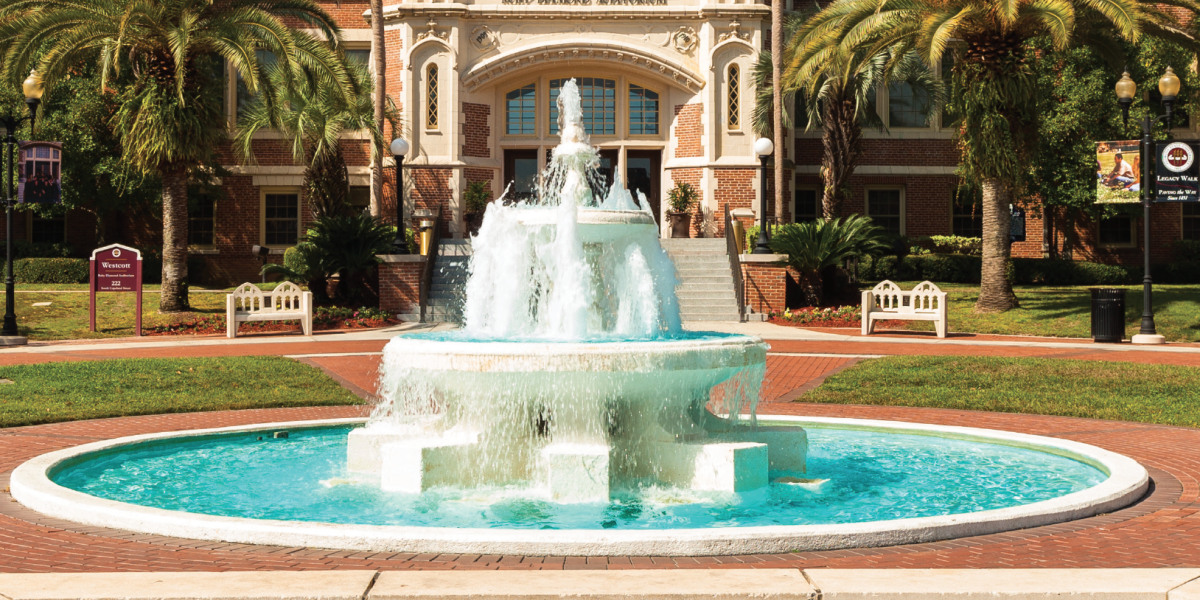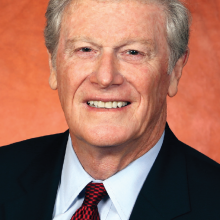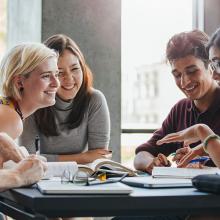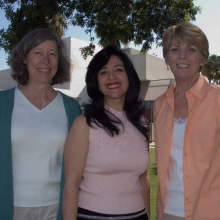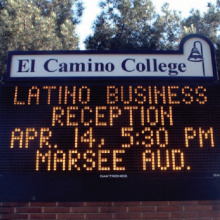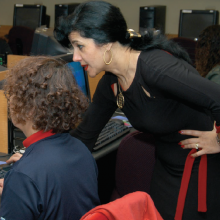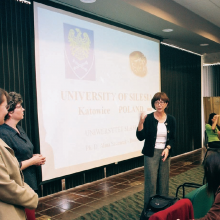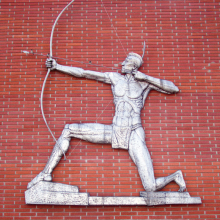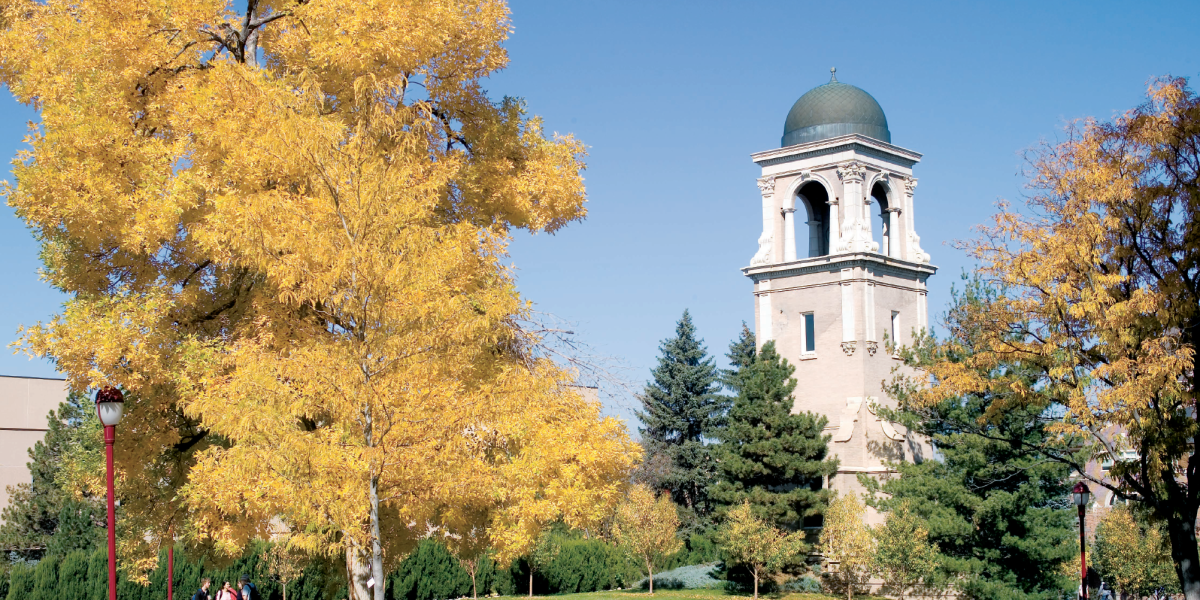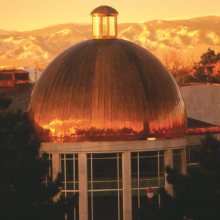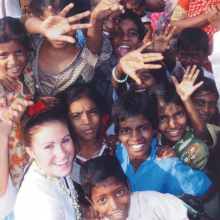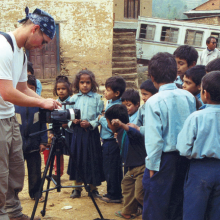2017 Spotlight University of North Texas
Heart of Mexico tells the stories of Raúl Borges, a young father in Tunkás, Mexico, struggling with the decision of whether to immigrate to the United States for work, and José Madero Pech, another father in the same village who returned home to meet his 9-year-old daughter for the first time. The authors of these two men’s stories are not professional writers, however. They are students in the Mayborn School of Journalism at the University of North Texas (UNT), located in Denton.
Since 2013 UNT has run an annual study abroad program in narrative journalism in collaboration with Universidad Autónoma del Estado de México (UAEM). “The program represents UNT’s commitment to campus internationalization and study abroad. Heart of Mexico is a wonderful example of the importance of internationalizing teaching and curriculum and providing students with study abroad programs that promote global learning and professional training,” says Amy Shenberger, interim vice provost for international affairs and director of study abroad.
Approximately 30 students, half from UNT and half from UAEM, spend a month in a rural community in Mexico working in interdisciplinary teams to capture the stories of local residents. The program is set up as a field school, where students are expected to report, edit, and produce their own full-length feature stories, essays, videos, and photos that are published online at heartofmexicostories.com.
Many program alumni have gone on to have successful careers in journalism. “The experience of being dropped in the field and asked to find the story is so invaluable when you are trying to get a job as a reporter,” says Sam Guzman, who participated in the program as a UNT graduate student and later came back as a professional mentor.
Guzman is currently an associate producer at KERA, the Dallas affiliate of National Public Radio (NPR).
Exploring Cultural Connections Between Texas and Mexico
Program director and journalism professor Thorne Anderson says the program was born out of a desire to explore the close cultural connections between Texas and Mexico. “Our university has a diverse student body that’s drawn largely from North Texas, which is upwards of 40 percent Hispanic. Our students have family on both sides of the border,” he says.
In 2012 Anderson and his colleague George Getschow received seed funding to travel to Mexico to explore collaborative projects with long-time partner UAEM. In Mexico, Anderson was able to reconnect with UAEM communications professor Lenin Martell, whom he had previously met at a conference at UNT. The next year, they took the first group of students to Tenancingo and Malinalco, in the state of Mexico.
Anderson says that the key to the program’s success has been having committed people on both sides: “You need to have an equal partner in developing the program, and for me, that partner is Lenin. I really need his local expertise, because working in a place like Mexico, there are a lot of logistical and other kinds of problems that can come up.”
“Lenin and I also share a deep commitment to each other’s students and to collaborative storytelling as a means of exploration and understanding.”
After receiving initial seed funding from the UNT grant, the program has sustained itself primarily through tuition. The program has also received support from partners such as the Dallas Morning News, who allowed its journalists time off to teach in the program. Many of its professional mentors also volunteer and cover their own travel expenses. In addition, the HoM website has attracted donors who contributed scholarships for individual students from both UNT and UAEM.
An Interdisciplinary, Intercultural Approach to Storytelling
In 2016 the program ran for the fourth time. During the first week, students participate in an intensive training period that includes lectures from Martell on the historical, social, and political contexts of Mexico.
In addition to UNT and UAEM faculty, the program draws on the expertise of professional journalists working at the Dallas Morning News who serve as instructors during the four-week program. Students are also exposed to social science research on the topics that they are covering, such as migration.
Anderson also introduces students to narrative storytelling techniques and gives them opportunities to hone their reporting skills by doing short interviews and immersive observations, which might later form the basis of the longer pieces they eventually produce.
In the last three weeks, students work in interdisciplinary teams to produce narrative articles, photography, and videos, all of which are published on a bilingual web platform.
Anderson and Martell intentionally built the program to be interdisciplinary. “We set it up as the journalistic version of an archeological dig, where you embrace people with various expertise who all come together to work on a common project. That’s kind of how we structured this, but our outcome is narrative storytelling. We bring together videographers, photographers, writers, translators, and ethnographers,” Anderson explains.
Guzman says that all students, regardless of discipline, receive the same training. “We need to get an understanding of how the others would approach the story. For example, translations for video might be much different than translations for a written story,” she says.
She adds that the intercultural nature of the teams also “creates much more dynamic storytelling” as the Mexican and U.S. students often approach a story from different perspectives.
Greta Díaz, a UAEM student who participated in 2014, learned about her own country as a program participant. “Sometimes we are not aware of our cultures or surroundings, but explaining things to [the] UNT students also makes you wonder about why things are that way, or makes you realize new things about your own...country,” she says.
The program also challenges many U.S. students’ preconceptions about Mexico. “I think stories about Mexico tend to be the same stories told over and over again. What’s so great about the Heart of Mexico is that it takes you to places you don’t usually get to. Our stories are not just about drugs or violence, they are about culture and people.... Ultimately, that’s why I got into journalism,” says Guzman.
In addition, the program has touched the lives of the people whose stories the students are telling. At the end of each trip to Mexico, the faculty and students make a public presentation in the communities where the work was produced. Subjects of the stories are invited to attend and are often excited to see the final results of the project.
One particular story about the efforts of Paloma Méndez, a resident of Malinalco, Mexico, to save stray street dogs also caught the attention of a woman in the United States. That U.S. donor has subsequently made five separate contributions to support Mendez’ dog rescue efforts.
In another case, Karla Serrano, a shopkeeper in Tenancingo, was interviewed for a students’ reporting assignment in 2013. After the interview she began asking questions about the program, and the team learned she was planning to enroll in communication studies at UAEM. Two years later, Karla participated in Heart of Mexico as a writer and then became an assistant to Martell.
Exploring Synergies Between Narrative Journalism and Social Sciences
Since its beginning, the program has gradually expanded its interdisciplinary reach by exploring the synergies between narrative journalism and social sciences. In 2015, Pedro Lewin Fischer, PhD, an anthropologist at Mexico’s National Institute for Anthropology and History in Yucatán, joined Heart of Mexico as a faculty member. The next year, the initiative expanded the student teams to include anthropology students Fischer recruited from the Universidad Autónoma de Yucatán (UADY).
“I wanted a program where ethnography and social science research could better inform journalism, while journalistic storytelling techniques could enliven social science and ethnography,” says Anderson.
Martell adds that incorporating social science research into journalism “gives more precision and context to the stories. We can give a more compelling story to the public and contribute to creating new conversations in the public sphere.”
Fischer has spent more than 15 years studying the emotional and psychological impact of migration on the indigenous Mayan population in Yucatán. “Migration is an invisible issue in the public policy arena in Mexico and in Yucatán,” he explains.
He says that ethnography and narrative journalism are similar in the way that they put people at the center of their research and intend to “make visible social phenomena that are usually hidden.”
He says his collaboration with Heart of Mexico has helped make his ethnographic research on migration available to a wider public. “Anthropologists normally write books or read papers at conferences, so it’s always a very narrow audience—usually other anthropologists who already know the issues,” he says.
“By [working with journalists], we are also shortening the distance between what we do and the potential reader or viewer. This whole thing has to do with creating new forms of knowledge and communication, because through a video, through photography, through an essay, you have different ways of accessing an issue,” Fischer says.
Creating a Cross-Border Community
Martell and Anderson both say their own professional work has benefited from the program. “When you are a journalist but then you go into teaching, you kind of miss the everyday adrenaline. But now I’m teaching this program in narrative journalism and it’s given a new dimension to my work,” Martell says.
“We really wanted this to be something that was challenging for faculty members and made us learn and grow as well. I think it has been valuable for the students to see us putting ourselves on the line as well,” Anderson adds.
A strong sense of community—both personal and professional—has also developed among faculty and students. “The students have developed lasting relationships with each other. They travel back and forth and visit each other during holidays, and have attended each other’s weddings,” Anderson says.
The program’s name captures much of the spirit that Anderson and Martell have tried to foster. “We didn’t have a name for the program the first year. We called it the Literary Multimedia Storytelling Program or something like that. It was very cumbersome. We had brainstorming sessions with the students. The word ‘heart’ kept coming up, meaning that we wanted to get to the heart of people’s stories and we wanted these stories to touch people’s hearts,” he says.
“And ultimately, what we want to provide students with is an experience that changes them, that gives them bigger minds and bigger hearts.”

